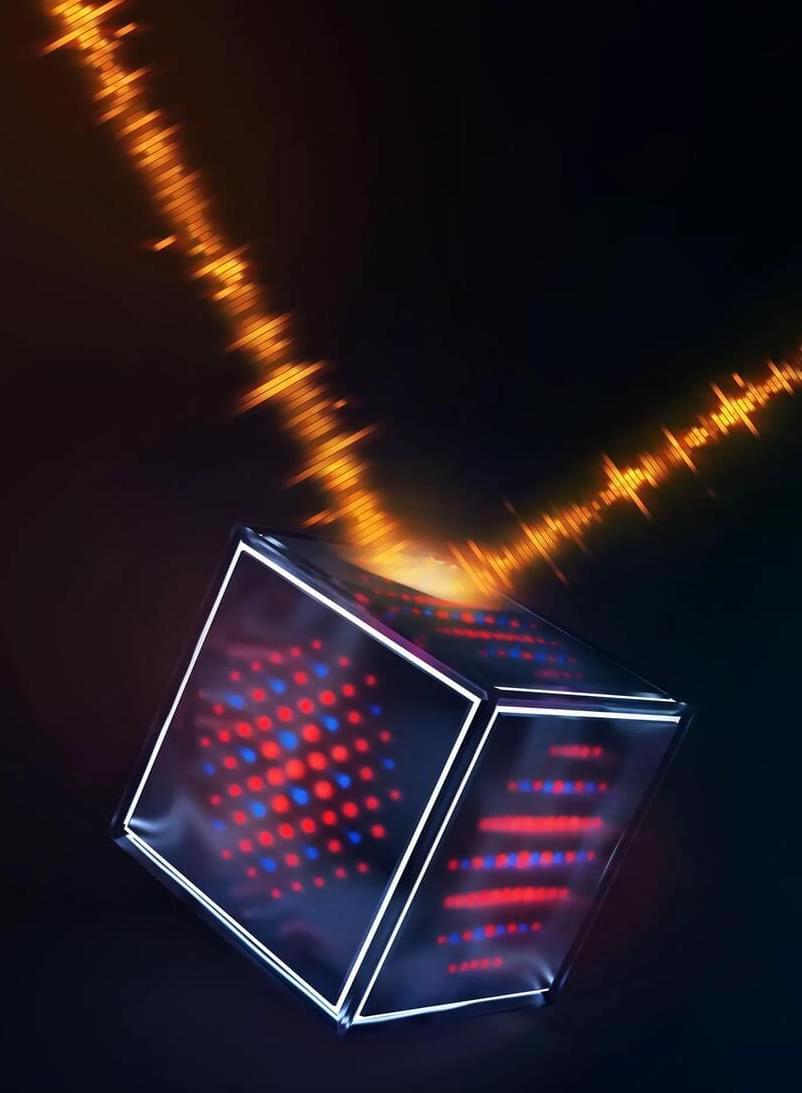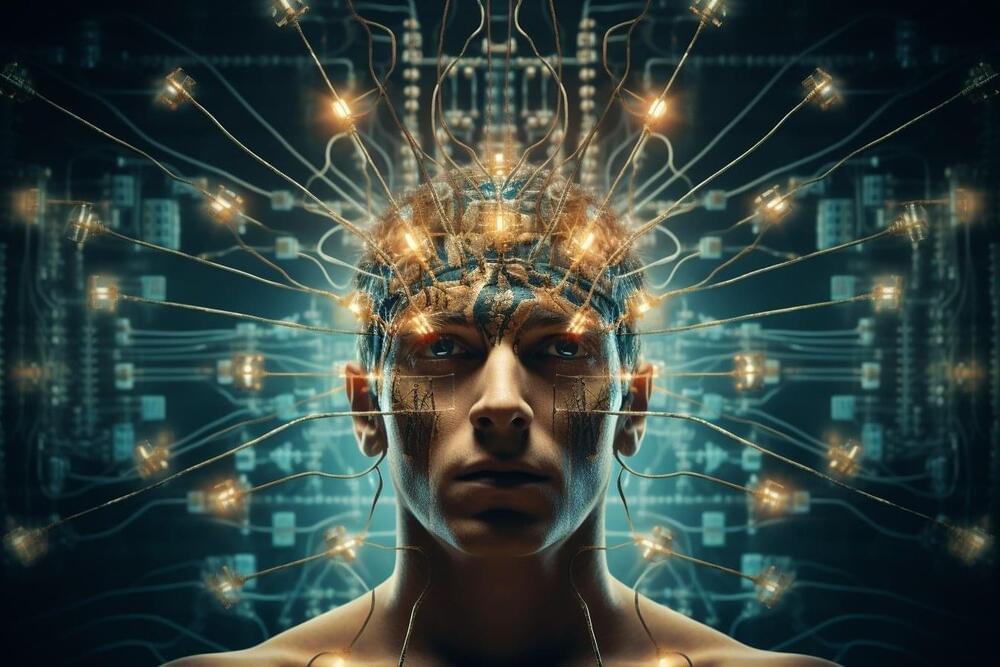Stumbling across seashells and sea creatures is commonplace while on a trip to Florida, but finding a message in a bottle seems like something straight out of a storybook.
Brent Coleman, his 13-year-old son Garrison, and his friend, 13-year-old Lane McCall, had traveled from Georgia for a vacation when they came across a bottle while walking on Bradenton Beach, as reported by WFLA.
Inside the bottle was a handwritten note from a man named Howard Brown. He had written that he would have loved to live a life in Florida with his wife of 57 years, but “cancer had other plans.” The note continued, stating that by the time someone found the bottle, he would be gone.








